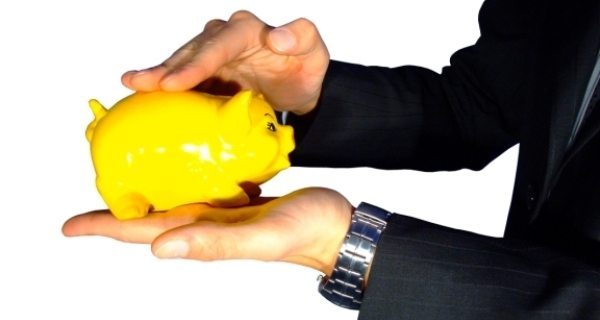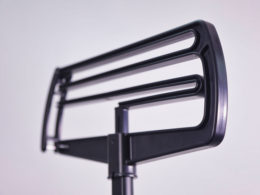Russell Williams founded Invention
Home over 6 years ago to assist inventors with the marketing and
licensing of their ideas. He’s been asked nearly every
invention-related question in the book, and shares his wisdom with you
in this series, "The Inventor Q&A."
Question:
I have a new invention idea. Can you tell me what it means to prototype my invention and if I should spend the time and money developing one?
Answer:
A technical definition of prototype is an original model on which something is patterned. However, a prototype can range from a basic, crude mock-up that you could develop on your own all the way through a professionally designed, fully functioning working sample. In addition, with technology as advanced as it is today, many inventors are also using virtual prototypes to present their inventions to companies. I don’t believe there is a right or wrong way…if your end goal is to license the invention to a 3rd party company, then what matters is having something solid enough to convince a company your idea is worth licensing. Some inventions can be licensed with nothing more than virtual drawings and an explanation of the invention. Others may require proof that the product actually works as intended, with a fully-functioning prototype.
The process of taking your idea and turning it into a tangible product is called “reducing the invention to practice,” and one of the first steps in this process is the development of a prototype. When it comes to prototype development, the inventor can utilize a professional prototype company, virtual designer, model-maker, or construct it on his own. I have seen many prototypes from inventors ranging from cardboard and tape to professionally-designed working samples. The important thing to remember is that the prototype process is evolutionary, meaning that you may start with cardboard and evolve the prototype through several iterations over time, as you refine your invention.
As I discussed in a previous edition of The Inventor Q&A, there are two options for going to market: manufacturing on your own, or licensing for royalties. Various decisions that you make throughout the process will be driven by which option you choose in going to market. Your decision to develop a prototype may also be driven by the direction you choose for going to market. The options are as follows…
Option 1 – Manufacturing on your own.
If you are planning to manufacture your invention on your own – either domestically or by utilizing overseas manufacturers – you really don’t have a choice about developing a prototype. You will have to develop a prototype of your invention to prepare for manufacturing (i.e., you can’t manufacture something unless you know how it works).
If you are planning to source your product from a manufacturer in China, Taiwan or other country, you may save some money on setup, molds and cost per unit…but they may not be your best choice for prototype development. In my experience, it seems as if many overseas manufacturers are great at copying a finalized working prototype that you provide for mass production, but it is much more difficult to ask them to figure out how your invention works and develop working prototypes. More than likely, you will need to do the prototype development in the US and then supply the prototype to your overseas manufacturer. Also, you should consider the language barrier of working with manufacturers overseas. We have been working with the same Taiwanese manufacturer for years, and I still have a hard time understanding and communicating with him.
Option 2 – Licensing for royalties.
If you are planning on licensing your invention for royalties, it will still be helpful to develop some form of prototype; however, it is not always necessary to develop a fully functioning working sample, which can be very expensive. Depending on the particular invention, a “Virtual Prototype” or crude mock-up may be a more cost-effective solution. A Virtual Prototype is a computer-generated, animated model, which can be rotated on-screen and will enable you to showcase your invention to prospective companies. Oftentimes, this is all you need to attract interest in and to possibly license your invention; although, it is still possible that a company may ask to see a tangible prototype after a virtual prototype first raises their interest in your invention. In this instance, you could request that the company evaluate without the prototype or you could consider alternatives such as building a mock-up of your own.
The final takeaway is that developing a prototype will ultimately need to be completed prior to manufacturing. However, you may not necessarily need to be the one that invests the time and money into the development of a working sample. If you’re seeking licensing, what you need to do is convince another company that it’s worth their investment.
For help in licensing an invention, click here for a free information kit.
Read other editions of The Inventor Q&A:






